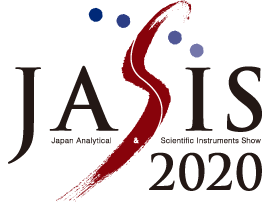Keynote Program
- Venue
- [Life science Innovation Zone] at Hall 8 of Makuhari Messe Exhibition Hall, Japan
- Admission fee
- Free
- Pre-registration
- Required
- 330 people
* The above topics are subject to change without notice.
Sept 4(Wed.) AM Sept 4(Wed.) PM Sept 5(Thu.) AM Sept 5(Thu.) PM
Sept 6(Fri.) AM Sept 6(Fri.) PM
Sept 4(Wed.)
Bioeconomy Strategy
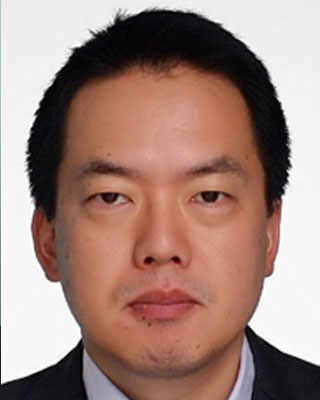
Bioeconomy Strategy form the view point of METI | |||
| Speaker | Tetsuya Tanaka(Director,Bio-industry Division, Ministry of Economy, Trade and Indsutry) | ||
|---|---|---|---|
| Date | Sept 4 (Wed.)10:30-11:00 | Venue | [Life science Innovation Zone] at Hall 8 |
| The Government of Japan publicized new bioeconomy strategy in this June which aims to integrate medical and non-medical filed in terms of the utilization of biotechnologies, according to the future investment strategy and integrated innobvation strategy. GoJ has promoted to enhance the market of bioeconomy through the fusion of bio and digital technologies. The latest activities for this will be outlined in the session. | |||
Sulfur respiration in mitochondria
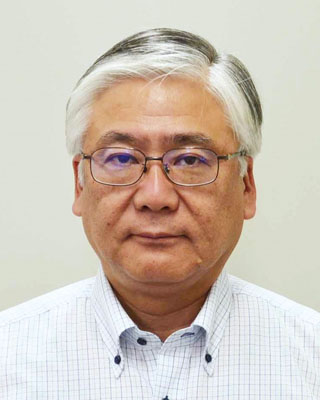
Discovery of sulfur respiration in mitochondria: Evolution from ancestral organisims | |||
| Speaker | Takaaki Akaike(Professor,Department of Environmental Medicine and Molecular Toxicology Tohoku University Graduate School of Medicine) | ||
|---|---|---|---|
| Date | Sept 4 (Wed.)11:15-12:15 | Venue | [Life science Innovation Zone] at Hall 8 |
We discovered the sulfur respiration, a major energy-producing process for early ancestral organisms and microbes, also utilized by higher animals including humans and other mammals. This discovery will open up a new era of sulfur biology and medicine, which may now warrant disease control and even improved longevity in human.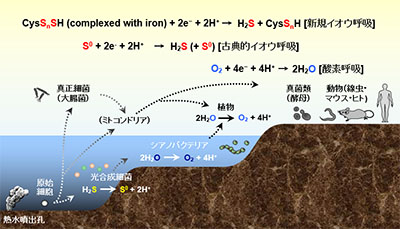 | |||
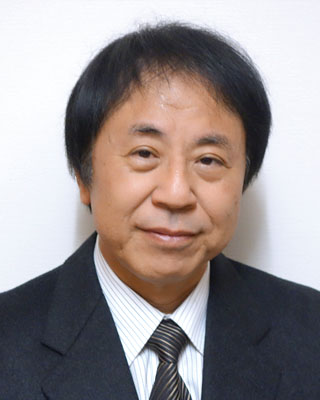
Discovery of sulfur respiration in mitochondria: Evolution from ancestral organisims | |||
| Speaker | Hidemi Shigekawa(Professor,University of Tsukuba, Faculty of Pure and Appliced Sciences) | ||
|---|---|---|---|
| Date | Sept 4 (Wed.)11:15-12:15 | Venue | [Life science Innovation Zone] at Hall 8 |
| We discovered the sulfur respiration, a major energy-producing process for early ancestral organisms and microbes, also utilized by higher animals including humans and other mammals. This discovery will open up a new era of sulfur biology and medicine, which may now warrant disease control and even improved longevity in human. | |||
Next generation healthcare and precision medicine
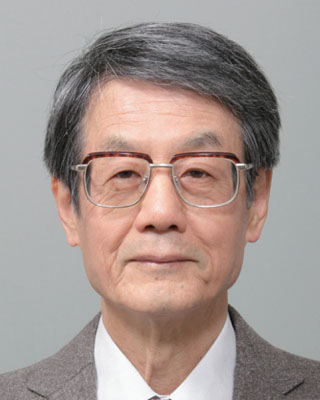
Innovative Collaborations between Healthcare Providers and Consumers | |||
| Speaker | Tsuguchika Kaminuma(Director,Institute for Cyber Associates) | ||
|---|---|---|---|
| Date | Sept 4 (Wed.)13:00-13:15 | Venue | [Life science Innovation Zone] at Hall 8 |
| ICT and Genomics are accelerating advances in biomedical research, expanding molecular level knowledge and innovating healthcare. Precision medicine and personalized medicine are symbolic jargons of this trend. Such methodology will be expanded to non-pharmacological interventions such as food, exercise, and lifestyle in general. Proactive patients and consumers are key players of this new trend. | |||
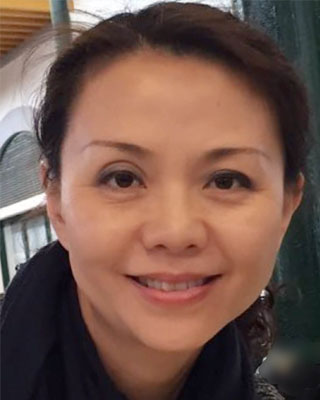
Metabophenotyping in drug discovery research and translation into human | |||
| Speaker | Juan Zhang("Senior Investigator,Analytical Sciences & Imaging Novartis Institutes for BioMedical Research") | ||
|---|---|---|---|
| Date | Sept 4 (Wed.)13:15-13:40 | Venue | [Life science Innovation Zone] at Hall 8 |
In this presentation, it will be demonstrated how a metabotype can be identified in early phase of drug discovery, translated and applied to support pre-clinical and clinical research as biomarker.(with simultaneous translation)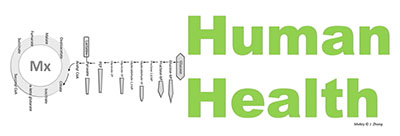 | |||
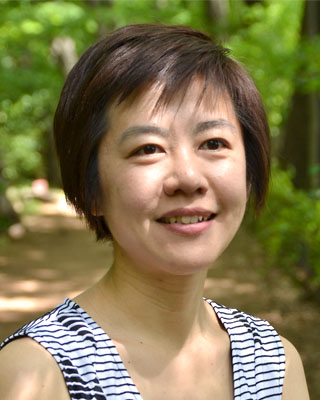
Systems approach for personal health management by food and lifestyle | |||
| Speaker | Kaori Nishide(Business Development Manager,TNO / Liaison, Wageningen University & Research) | ||
|---|---|---|---|
| Date | Sept 4 (Wed.)13:40-14:05 | Venue | [Life science Innovation Zone] at Hall 8 |
Today we need to receive integrated individual advice on dietary life, physical exercise and mental state. Systems approach towards health provides the possibility to manage personal health state and especially nutritional intake.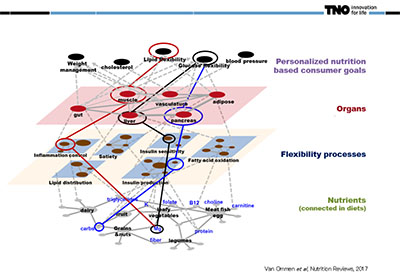 | |||
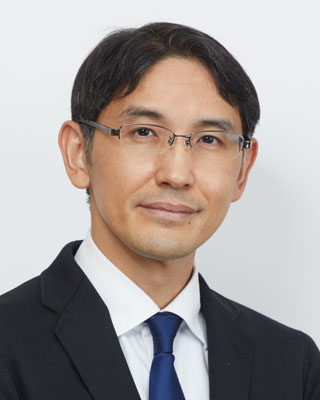
Drug discovery targeting intestinal microbiota | |||
| Speaker | Koji Hase(Professor,Keio University Faculty of Pharmaceutical Science) | ||
|---|---|---|---|
| Date | Sept 4 (Wed.)14:05-14:30 | Venue | [Life science Innovation Zone] at Hall 8 |
The gut microbiota significantly contributes to energy extraction from indigestible polysaccharides such as dietary fiber and influences host energy homeostasis during lactation and adulthood. Maintenance of the symbiotic microbial community is, therefore, of paramount importance for host fitness, whereas changes in the microbial composition may cause dysbiosis, predisposing the host to various diseases including inflammatory bowel disease, metabolic symdrome, autism spectrum disorders. Therere, intervention to intestinal microbiota has emerged as a promising therapeutic strategy for the dysbiosis-associated diseases. This seminar aims to discuss the pathological mechanism of the dysbiosis-associated diseases as well as the current progress of drug discovery targeting intestinal microbiota.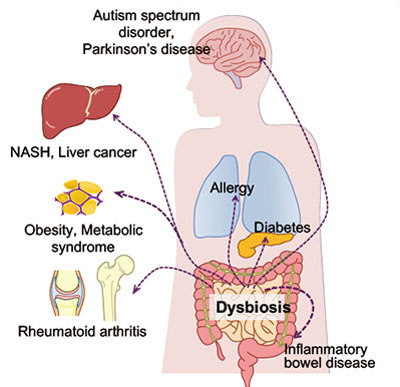 | |||
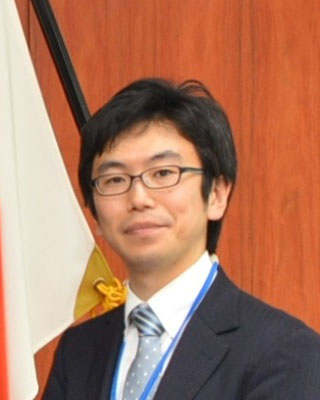
OpenLab with MAFF - Open Innovation of Policy-making - | |||
| Speaker | Ikko WATANABE(Deputy Director,Ministry of Agriculture, Forestry and Fisheries) | ||
|---|---|---|---|
| Date | Sept 4 (Wed.)14:30-14:55 | Venue | [Life science Innovation Zone] at Hall 8 |
| In a time when technological changes and the speed of social implementation have increased dramatically and VUCA is increasing, in order to respond to the changes of that era and carry out a slated response, external policies that are full of discontinuities and novelty A trial approach developed in collaboration with the private sector, universities, other ministries, etc. | |||
Sept 5(Thu.)
AI and Drug Discovery (with simultaneous translation)
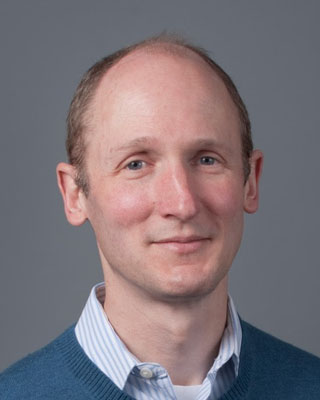
Applications of AI in Drug Discovery | |||
| Speaker | Andrew A. Radin(CEO,twoXAR) | ||
|---|---|---|---|
| Date | Sept 5(Thu.)10:45-11:30 | Venue | [Life science Innovation Zone] at Hall 8 |
In today’s session, Andrew with unpack the conceptual to practical applications of AI, describe where AI is being used in healthcare today, offer guidance on making decisions about AI, and show real-world examples of AI-driven results including how twoXAR’s computational drug discovery platform has led to the discovery of new drugs.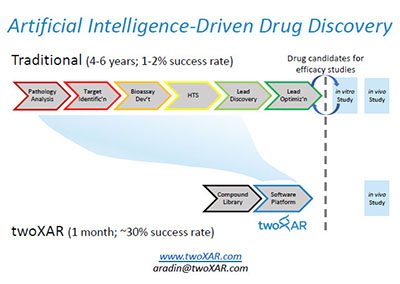 | |||
JAIMA/PITTCON Joint session Advanced tools for BioPharmaceutical research (with simultaneous translation)
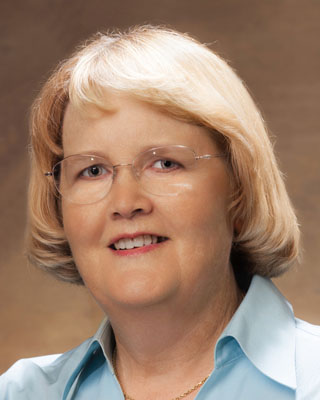
Pittcon 2020 Overview | |||
| Speaker | Joanne Smith(2020 Technical Program Chair,Pittcon) | ||
|---|---|---|---|
| Date | Sept 5(Thu.)12:30-12:40 | Venue | [Life science Innovation Zone] at Hall 8 |
| Pittcon 2020 in Chicago, IL will highlight many distinguished speakers. Brief introductions of JASIS 2019 speakers will also be given. | |||
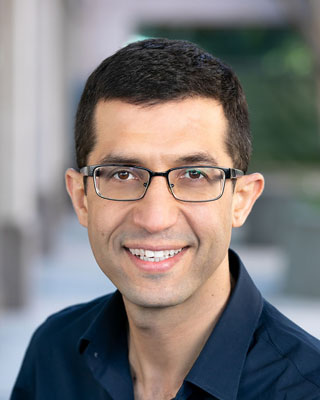
High Throughput Analysis of Pharmaceutical Compounds by 2D LC-SFC-MS | |||
| Speaker | Mohammad Al-Sayah(Senior Scientist,Small Molecule Analytical Chemistry, Genentech Inc.) | ||
|---|---|---|---|
| Date | Sept 5(Thu.)12:40-13:10 | Venue | [Life science Innovation Zone] at Hall 8 |
| This presentation will discuss the development of an automated two dimensional Reversed Phase Liquid Chromatography-Supercritical Fluid Chromatography-Mass Spectrometry (2D LC-SF-MS) system to achieve simultaneous achiral and chiral analysis of pharmaceutical compounds. | |||
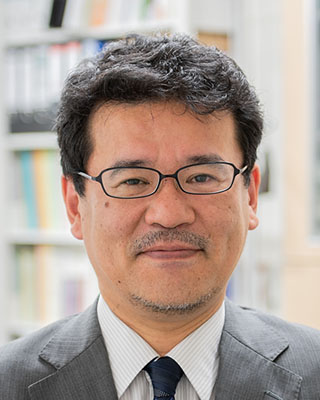
Analytical science drives next generation biopharmaceutics | |||
| Speaker | Kouhei Tsumoto(Professor and Director,School of Engineering and Institute of Medical Science, The University of Tokyo) | ||
|---|---|---|---|
| Date | Sept 5(Thu.)13:20-13:40 | Venue | [Life science Innovation Zone] at Hall 8 |
| Various technologies in the field of analytical science, including general and/or frontier methods, drives R&D of next generation biopharmaceutics. Here I would discuss the current status and perspective of biomedicine from viewpoints of analytical science. | |||
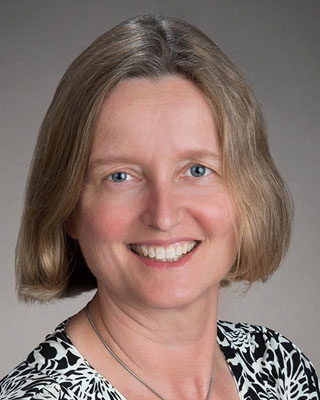
CryoEM for structure-based drug design in the biopharmaceutical industry | |||
| Speaker | Anette Schneemann(Chief Science Officer,NanoImaging Services, Inc.) | ||
|---|---|---|---|
| Date | Sept 5(Thu.)13:40-14:10 | Venue | [Life science Innovation Zone] at Hall 8 |
| This lecture will illustrate how cryoEM has established itself as a mainstream protein structure determination technique and how it can be accessed in a commercial, biopharmaceutical environment. | |||
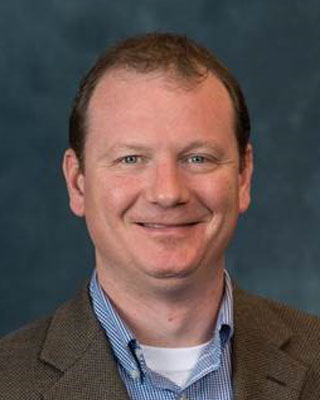
Biosensor Arrays Enabling Precision Medicine | |||
| Speaker | Ryan C. Bailey(Robert A. Gregg Professor of Chemistry,University of Michigan) | ||
|---|---|---|---|
| Date | Sept 5(Thu.)14:10-14:40 | Venue | [Life science Innovation Zone] at Hall 8 |
Multiplexed approaches to biomarker profiling are poised to help better elucidate complex disease conditions to enable personalized disease monitoring and treatment. This talk will describe recent advances in silicon photonic sensor arrays for several applications in precision medicine.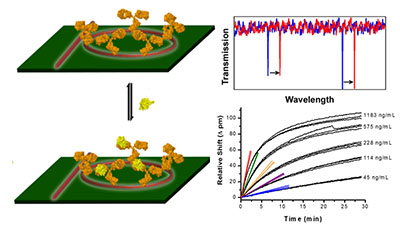 | |||
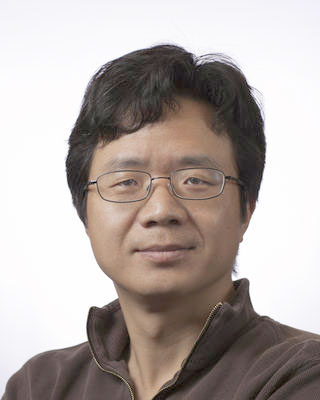
Cryo-EM: Method Developments and Applications in Basic Sciences, Diseases and Drug Discovery | |||
| Speaker | Wen Jiang(Professor of Biological Sciences,Purdue University) | ||
|---|---|---|---|
| Date | Sept 5(Thu.)14:40-15:10 | Venue | [Life science Innovation Zone] at Hall 8 |
| Single particle cryo-EM is revolutionizing structural biology in recent years. Many structures of viruses and protein complexes have been determined to 2-4 A resolutions. To allow routine achievement of high resolution 3-D reconstructions, we have been developing methods to improve all relevant steps for cryo-EM projects from sample preparation, data collection, to image processing algorithms. I will present a few our recent technique advances and applications in basic sciences, diseases, and drug discovery. As near-atomic resolution 3-D reconstruction of protein complexes with homogenous conformation is quickly becoming a routine task, we are now focusing on technical developments to solve next challenges in low abundance samples and native states, and in situ structures with tomography reconstructions. | |||
Sept 6(Fri.)
BioEngineering Association joint session
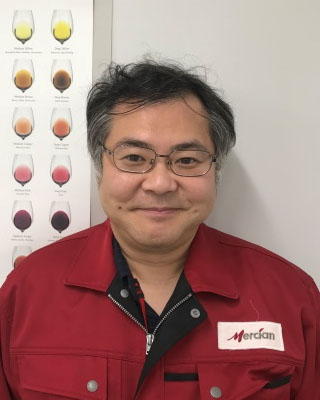
Analytical technologies for visualization of food flavor and taste | |||
| Speaker | Satoshi Yoshida(Chief Examiner (Senior Research Scientist),Research Laboratories for Wine Technologies, Kirin Holdings Company, Limited) | ||
|---|---|---|---|
| Date | Sept 6 (Fri.)10:30-10:40 | Venue | [Life science Innovation Zone] at Hall 8 |
As the first step to understand food flavor and taste, I will introduce visualization technologies to show the relations between sensory evaluation and results derived from instrumental analysis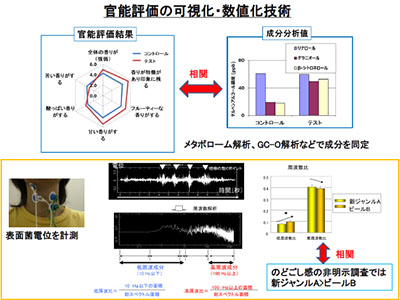 | |||
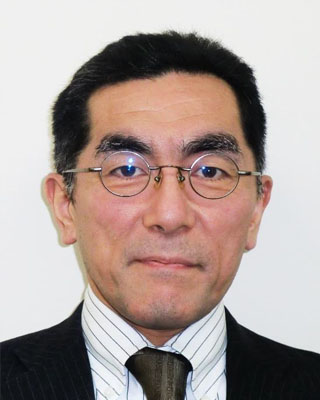
Scientific approach to hop varietal aroma by GC-MS analysis | |||
| Speaker | Kiyoshi Takoi(Senior Research Brewer,Product & Technology Innovation Department, SAPPORO BREWERIES LTD.) | ||
|---|---|---|---|
| Date | Sept 6 (Fri.)10:40-11:00 | Venue | [Life science Innovation Zone] at Hall 8 |
Specific flavor comounds contributing to the varietal aroma of ‘flavor hops’ were identified via GC-MS/O and other analytical techniques for trace components, and their characteristics were analyzed using sensory techniques.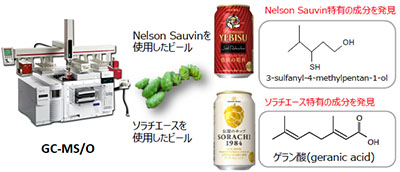 | |||
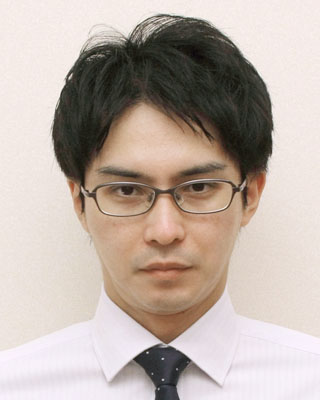
Application of analysis system at soy asuce manufacturer | |||
| Speaker | Jun Watanabe(Manager,Soy Sauce Brewing Laboratory, Manufacturing Division, Yamasa Corporation) | ||
|---|---|---|---|
| Date | Sept 6 (Fri.)11:00-11:20 | Venue | [Life science Innovation Zone] at Hall 8 |
Soy sauce is a traditional seasoning produced throught the fermentation of soybeans and wheat using microbes. The analytical systems used in soy sauce research will be introduced.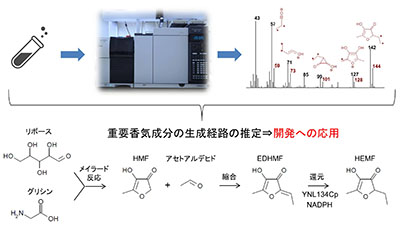 | |||
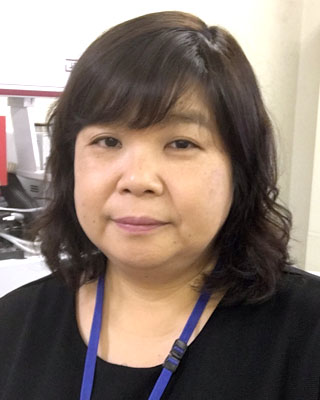
Analytical application for flavor-omics analysis of fermented seasonings | |||
| Speaker | Yoko Iijima(Professor,Department of Nutrition and Life Science, Kanagawa Institue of Technology) | ||
|---|---|---|---|
| Date | Sept 6 (Fri.)11:20-11:40 | Venue | [Life science Innovation Zone] at Hall 8 |
Fermented seasonings have complex flavor properties, leading to difficulty of their analysis. In the present study, we developed a new high-efficiency and high-throughput volatile flavor analysis for fermented seasonings.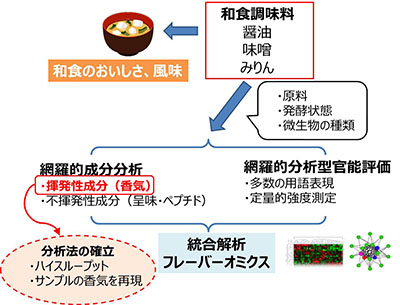 | |||
BioChemical Association joint session
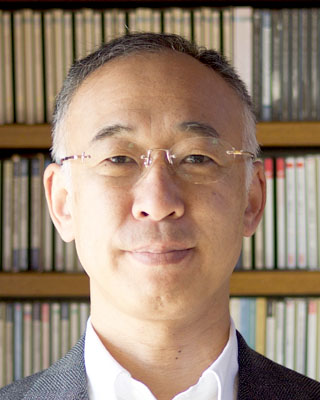
Regulatory mechanisms of animal aging by amino acids metabolism | |||
| Speaker | Masayuki Miura(Professor,Graduate School of Pharmaceutical Sciences, The University of Tokyo) | ||
|---|---|---|---|
| Date | Sept 6 (Fri.)13:00-13:20 | Venue | [Life science Innovation Zone] at Hall 8 |
Enhancement of S-adenosylmethionine (SAM), a metabolite synthesized from methionine, metabolism extends lifespan in fruit fly Drosophila. We also found that acceleration of SAM metabolism as one of the mechanisms of lifespan extension by dietary restriction or reduced insulin/IGF-1 signaling.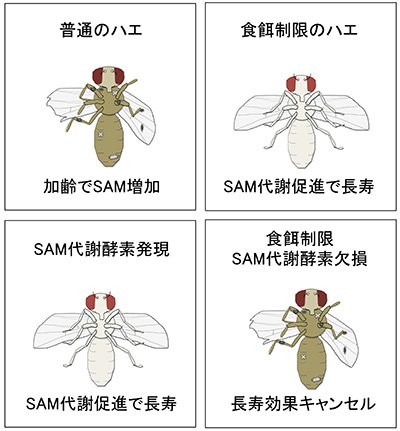 | |||
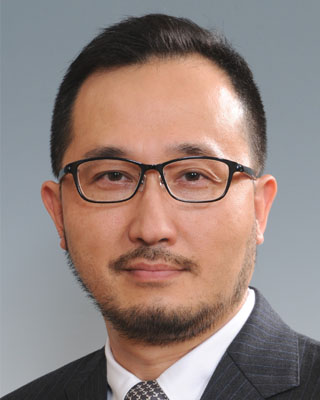
Beyond Chemical Biology to Realize Chemical Medicine | |||
| Speaker | Yasuteru Urano(Professor,Graduate School of Pharmaceutical Sciences and of Medicine, The University of Tokyo) | ||
|---|---|---|---|
| Date | Sept 6 (Fri.)13:20-13:40 | Venue | [Life science Innovation Zone] at Hall 8 |
In my talk, recent advancement in the development of small molecule-based fluorescence probes and their application to cancer medicine will be discussed.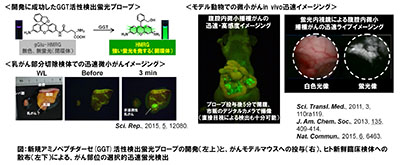 | |||
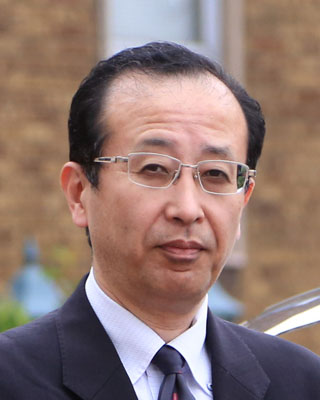
Live cell imaging of necroptosis | |||
| Speaker | Hiroyasu Nakano(Professor,Department of Biochemistry, Toho University School of Medicine) | ||
|---|---|---|---|
| Date | Sept 6 (Fri.)13:40-14:00 | Venue | [Life science Innovation Zone] at Hall 8 |
We develop a fluorescence resonance energy transfer (FRET) biosensor, termed SMART (a sensor for MLKL activation by RIPK3 based on FRET) that monitors a regulated form of necrosis, necroptosis.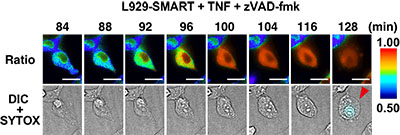 | |||
Virgin technologies for Bio-Imaging
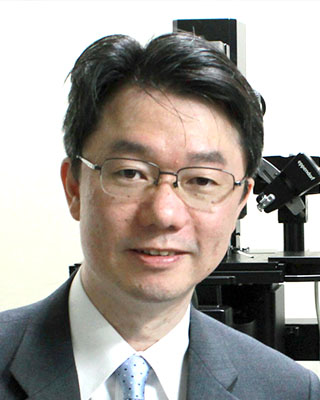
Super-resolution microscopy IRIS for high-definition multi-target imaging | |||
| Speaker | Naoki Watanabe(Professor,Kyoto University, Graduate School of Biostudies; Graduate School of Medicine) | ||
|---|---|---|---|
| Date | Sept 6 (Fri.)14:50-15:10 | Venue | [Life science Innovation Zone] at Hall 8 |
| Our super-resolution microscopy IRIS achieves imaging of unlimited number of targets. I will discuss the requirement and possible development of the IRIS probe library for this revolutionary method. | |||
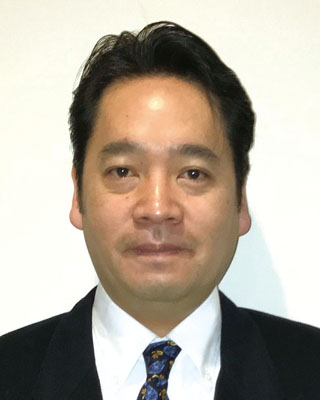
CLEM observation of identical paraffin sections with the NanoSuit method | |||
| Speaker | Hideya Kawasaki(Chairperson, Associate Professor,Preeminent Medical Photonics Education & Research Cernter, Institute for NanoSuit Reseach) | ||
|---|---|---|---|
| Date | Sept 6 (Fri.)15:10-15:35 | Venue | [Life science Innovation Zone] at Hall 8 |
The NanoSuit method is a technique for observing a wet and alive biological sample with an electron microscope, and the shape of the water-containing sample itself can be observed. We introduce CLEM method of paraffin pathological section between light and electron microscope using NanoSuit method.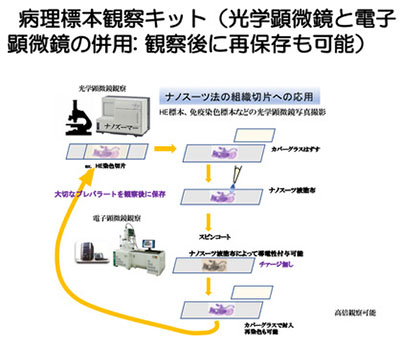 | |||
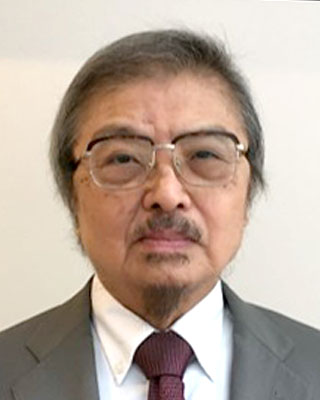
Observation of LM specimens by Low-Vacuum Scanning Electron Microscope | |||
| Speaker | Nobuaki Yamanaka(Director,Tokyo Kidney Research Institute) | ||
|---|---|---|---|
| Date | Sept 6 (Fri.)15:40-16:00 | Venue | [Life science Innovation Zone] at Hall 8 |
An innovative method that enables the light microscopic glass slide to be examined by the low-vacuum scanning electron microscope. It will contribute to improve the quality of histopathological diagnosis.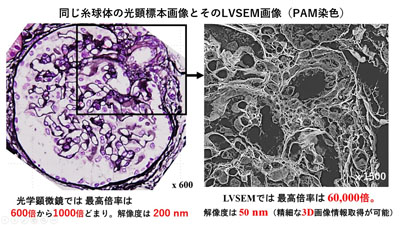 | |||
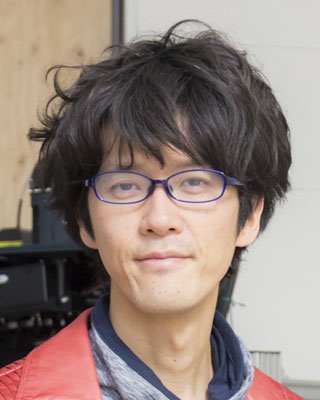
How to build up imaging system for life science and other fields? | |||
| Speaker | Satoshi Nishimura(Professor,Jichi Med Univ,) | ||
|---|---|---|---|
| Date | Sept 6 (Fri.)16:00-16:20 | Venue | [Life science Innovation Zone] at Hall 8 |
We are now focusing on making new optical techs for basic medical research and clinical applications. We will provide you information regarding “how to make new”, and “how to make know-hows”.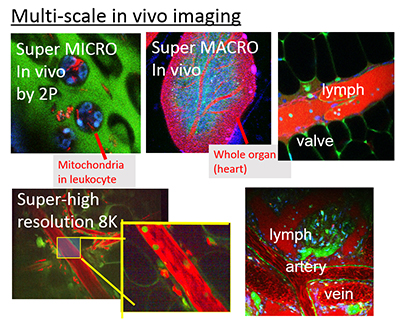 | |||


